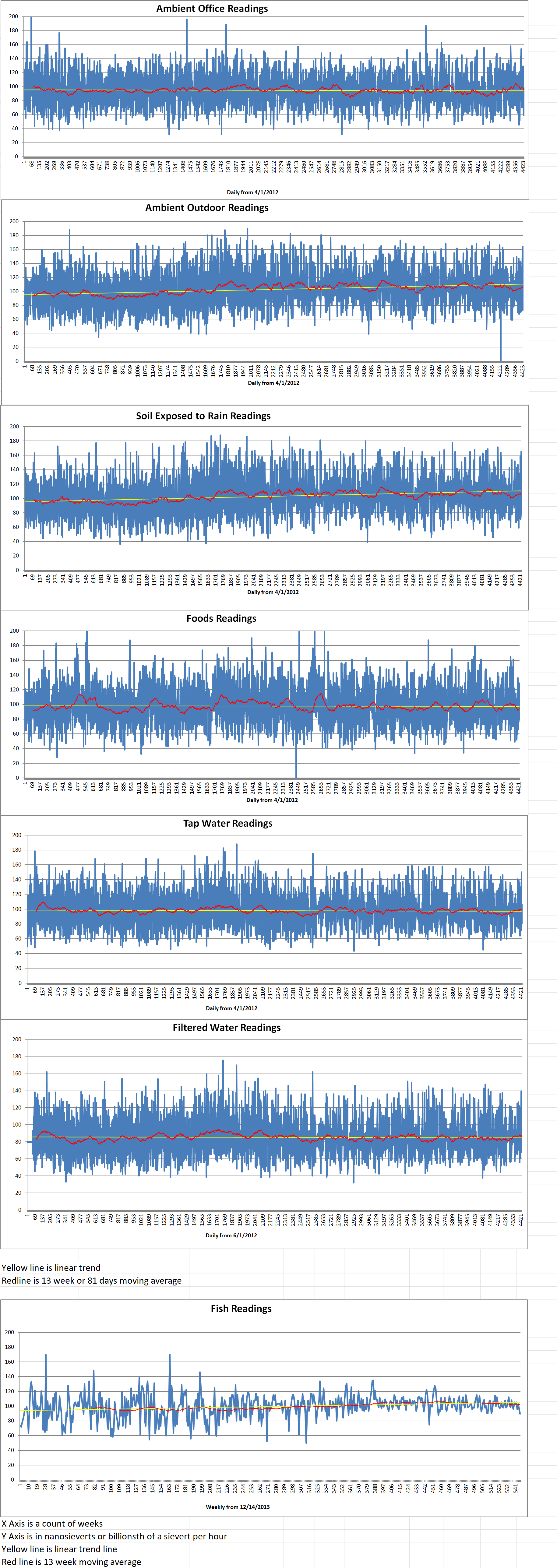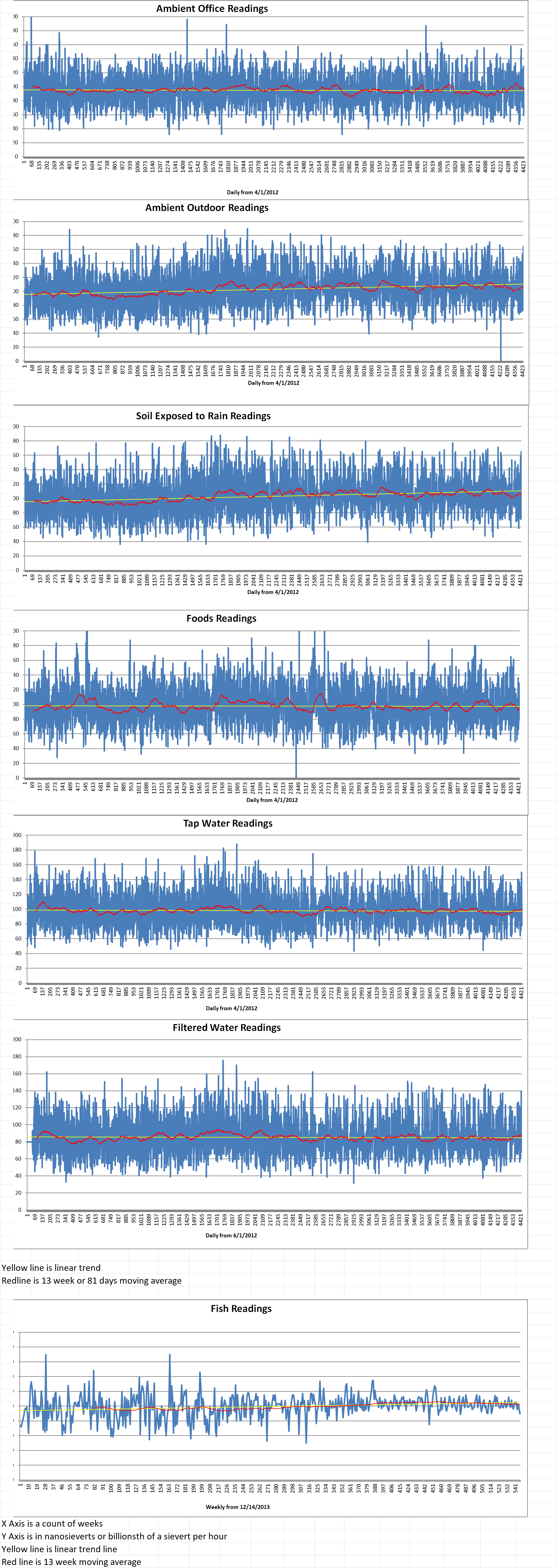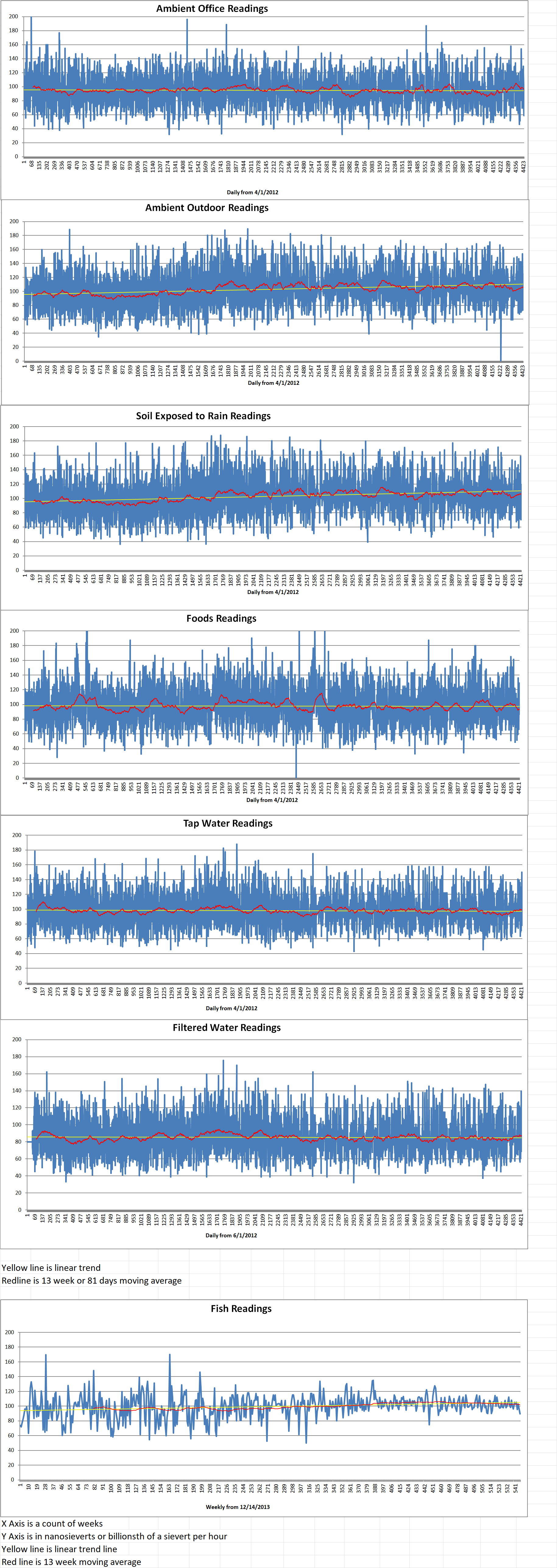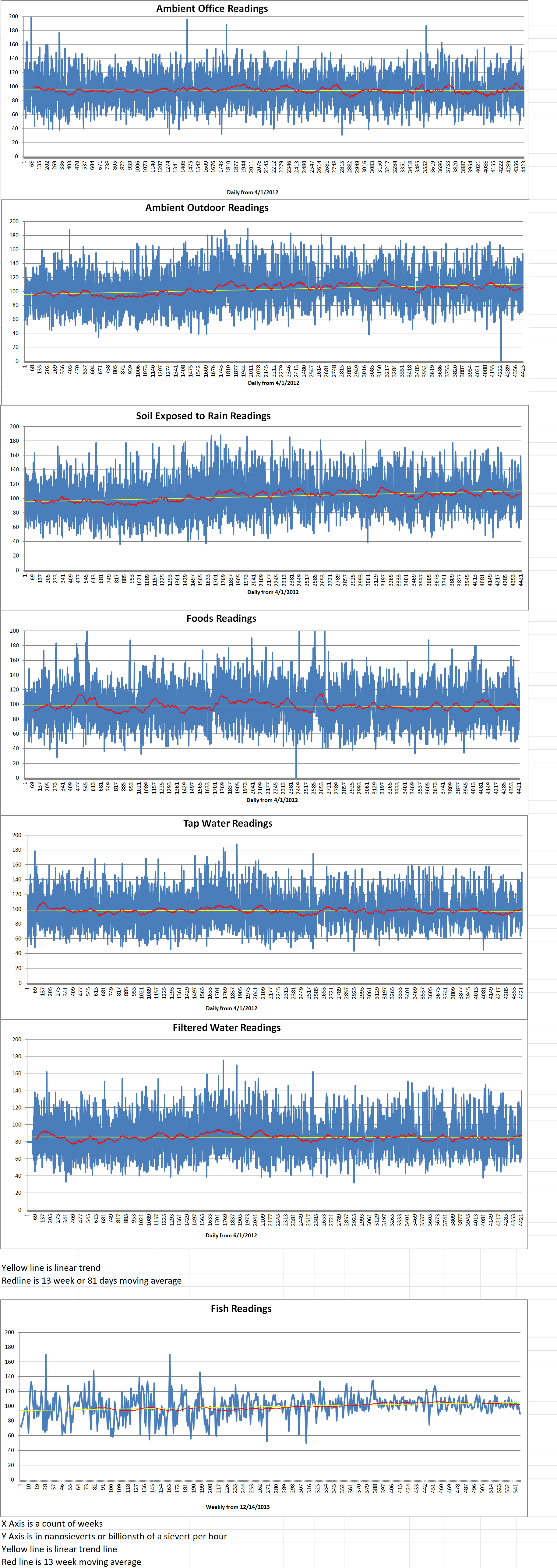Microreactor developer Last Energy states that it has received a letter of intent from the Export-Import Bank of the U.S. (EXIM) for one hundred- and four-million-dollar debt financing relating to its project in South Wales in the U.K.
The company says that the letter, from the bank’s structured and project finance division, confirms its “willingness to diligence” the financing. It follows an in-depth review of Last Energy’s “technology, business model, manufacturing plan and access to nuclear fuel. Upon final commitment, the Bank’s facility would cover Last Energy’s entire costs for a single power plant installation”.
U.S.-based Last Energy is a spin-off of the Energy Impact Center which is a research institute devoted to accelerating the clean energy transition through innovation. Last Energy’s reactor technology is based on a pressurized water reactor with a capacity of twenty megawatts of electricity or eighty megawatts of thermal power. Power plant modules will be built off-site and assembled on-site.
A Last Energy plant, referred to as the PWR-20, is comprised of a few dozen modules that, the company says can “snap together like a Lego kit”. The PWR-20 is designed to be constructed, transported, and assembled within twenty-four months. It is scaled to serve private industrial customers, including data centers. Under its development model, Last Energy will own and operate its plug-and-play power plant on the customer’s site. It will bypass the decade-long development timelines of electric transmission grid upgrade requirements.
Last Energy has been advancing plans to develop four PWR-20 units on the vacant site of the Llynfi coal-fired power station. The company said the new plant would “provide energy security to local manufacturers, create jobs, and unleash a long-term economic investment in the region”. The Llynfi power station is a one hundred twenty-megawatt coal plant. It operated between 1951 and 1977. Following the decommissioning of the Llynfi in 1977, the fourteen-acre site has remained vacant.
Bret Kugelmass is the Founder and CEO of Last Energy. He said, “Receiving this Letter of Interest from EXIM is the latest in a series of recent milestones that further validates Last Energy’s unique approach to accelerating nuclear deployment by focusing on design for manufacturability. They put us through the wringer – interrogating our physics, technology, supply chain, business model, partnerships, and timelines to delivery – and, after 18 months of rigorous review, have determined that we’re ready for the next step.”
Last Energy said it has been actively engaging with the U.K.’s Office for Nuclear Regulation, Natural Resources Wales, Planning and Environment Decisions Wales, the Environmental Agency, and with local and national Welsh and U.K. officials. Last Energy has pledged to continue to do so throughout the project. The company said last October that it was targeting 2027 to commission the first plant, “following a successful planning and licensing process”.
Last Energy estimates the entire project represents a capital investment of three hundred and ninety-three million dollars, which will not require any public funding. Contracts with local suppliers would amount to more than thirty-eight million dollars, while more than one hundred full-time local jobs would also be created.
Last Energy announced agreements for thirty-four units in 2023 and began 2024 with agreements for fifty units. Of the agreements, thirty-nine of the eighty-four units are slated to be built to serve data center developers. The company says its goal is to ten thousand units in the next fifteen years.
The EXIM is the country’s official export credit agency “with the mission of supporting American jobs by facilitating U.S. exports. To advance American competitiveness and assist US businesses as they compete for global sales, EXIM offers financing including export credit insurance, working capital guarantees, loan guarantees, and direct loans”.
Blog
-

Nuclear Reactors 1454 – Last Energy Secures U.S. Expor-Import Bank Finance For A U.K. Microreactor
-
Nuclear News Roundup Dec 17, 2024
Trump can negotiate to stop Iran from getting nuclear bomb: Blinken English.alarabiya.net
Global consortium with KHNP wins nuclear reactor refurbishment project in Romania news.koreaherald.com
Fort Smith city director reacts to nuclear waste storage proposal nwahomepage.com
US development agency announces grants for Bulgarian nuclear projects world-nuclear-news.org
-

Geiger Readings for Dec 17, 2024
Ambient office = 98 nanosieverts per hour
Ambient outside = 164 nanosieverts per hour
Soil exposed to rain water = 165 nanosieverts per hour
Avocado from Central Market = 80 nanosieverts per hour
Tap water = 81 nanosieverts per hour
Filter water = 68 nanosieverts per hour
-
Nuclear News Roundup Dec 16, 2024
China nearly triples nuclear arsenal since 2020, Pentagon report says abcnews.go.com
Iran’s nuclear program alarms world powers: No ‘civilian justification’ jns.org
TerraPower announces contract winners for Kemmerer nuclear plant capcity.com
House Bill would call nuclear energy green energy, expert says it may cause big problems spectrumnews1.com
-

Geiger Readings for Dec 16, 2024
Ambient office = 96 nanosieverts per hour
Ambient outside = 104 nanosieverts per hour
Soil exposed to rain water = 104 nanosieverts per hour
Tomato from Central Market = 105 nanosieverts per hour
Tap water = 81 nanosieverts per hour
Filter water = 69 nanosieverts per hour
-
Nuclear News Roundup Dec 15, 2024
Fact-check: Drones were not tracking missing radioactive material in New Jersey abcnews.go.com
Sam Altman Nuclear Startup Continues Hot 2024 With 12-Gigawatt Data Center Deal investors.com
UN urges parties to re-engage on Iran nuclear deal news.un.org
Map Shows Where America’s Nuclear War Fallout Shelters Are Located newsweek.com
-

Geiger Readings for Dec 15, 2024
Ambient office = 65 nanosieverts per hour
Ambient outside = 114 nanosieverts per hour
Soil exposed to rain water = 116 nanosieverts per hour
Red bell pepper from Central Market = 87 nanosieverts per hour
Tap water = 107 nanosieverts per hour
Filter water = 95 nanosieverts per hour
-
Nuclear News Roundup Dec 14, 2024
Species In Chernobyl Is Mutating To ‘Feed’ On Nuclear Radiation wwnc.iheart.com
Japan drops mantra of reducing nuclear dependency in new draft plan english.kyodonews.net
Westinghouse and Aecon Collaborate for the Development and Deployment of Advanced Nuclear New Build Technologies Morningstar.com
Fort Smith considered as potential site for nuclear waste facility 5newsonline.com
-

Geiger Readings for Dec 14, 2024
Ambient office = 59 nanosieverts per hour
Ambient outside = 77 nanosieverts per hour
Soil exposed to rain water = 79 nanosieverts per hour
Mini cucumber from Central Market = 129 nanosieverts per hour
Tap water = 78 nanosieverts per hour
Filter water = 75 nanosieverts per hour
Dover Sole from Central = 89 nanosieverts per hour
-

Nuclear Reactors 1453 – GoviEX Is Seeking Arbitration With Niger Over Cancellation Of Permit For Mine
GoviEx Uranium Inc and its fully owned subsidiary GoviEx Niger Holdings Ltd have begun proceedings under the Convention on the Settlement of Investment Disputes Between States and Nationals of Other States (known as the ICSID Convention), because Niger has breached its legal obligations under a May 2007 agreement between the state and GoviEx Niger, and under Nigerien law.
The Vancouver-based company is seeking arbitration on the basis that the State of Niger breached its legal obligations when it cancelled the company’s mining permit for the Madouela uranium project earlier this year.
GoviEx started operations in Niger in 2007, and has advanced the Madaouela mine from the initial exploration phase, through to the publication of a feasibility study in late 2022. The company said the project had been “poised for development” and that GoviEx had started to move forward despite the political changes in Niger since the coup d’état of July 2023. Over the last year and a half, it has received statements of interest in excess of two hundred million dollars for project-related debt finance, started social and environmental due diligence research with a prospective lender, updated the Environmental and Social Impact Assessment, and begun front-end engineering designs and initial ground works, including the construction of an access road.With a forecast initial capital expenditure of three hundred and forty-three million, the Madouela project was forecast to create up to eight hundred jobs over its projected twenty-year mine life. During this time substantial royalty payments and taxes will be payable to the state. The companies said that they believe that the withdrawal of GoviEx’s rights to the project will have a serious negative impact on the economic and social development of the region.
GoviEx said, “While the Companies have attempted to settle their dispute with the State amicably, including through initiating a local administrative recourse before the Niger President of the Republic, the State has shown no willingness to engage with the Companies to reach an amicable settlement. The Companies strongly believe that they are entitled to be reinstated in their rights to the Project and/or be awarded monetary compensation as a result of the State’s conduct in relation to the Project and are accordingly pursuing a legal remedy under the Mining Convention to safeguard their rights, adding that they may pursue other available remedies, including international arbitration as required. Notwithstanding the commencement of this Arbitration, the Companies remain committed to engaging constructively with the State to resolve the dispute.”Earlier this year, the Nigerien authorities also cancelled the operating permit issued to Orano subsidiary Imouraren SA for the Imouraren project. More recently, Orano confirmed that Nigerien authorities have taken operational control of SOMAÏR, its subsidiary which operates the Arlit mine. It is currently Niger’s only operational uranium mine. Global Atomic’s development of the Dasa uranium mine is ongoing. In November of this year, Mining Minister Ousmane Abarchi reportedly said that Niger was actively seeking to attract Russian investment in natural resources including uranium.
